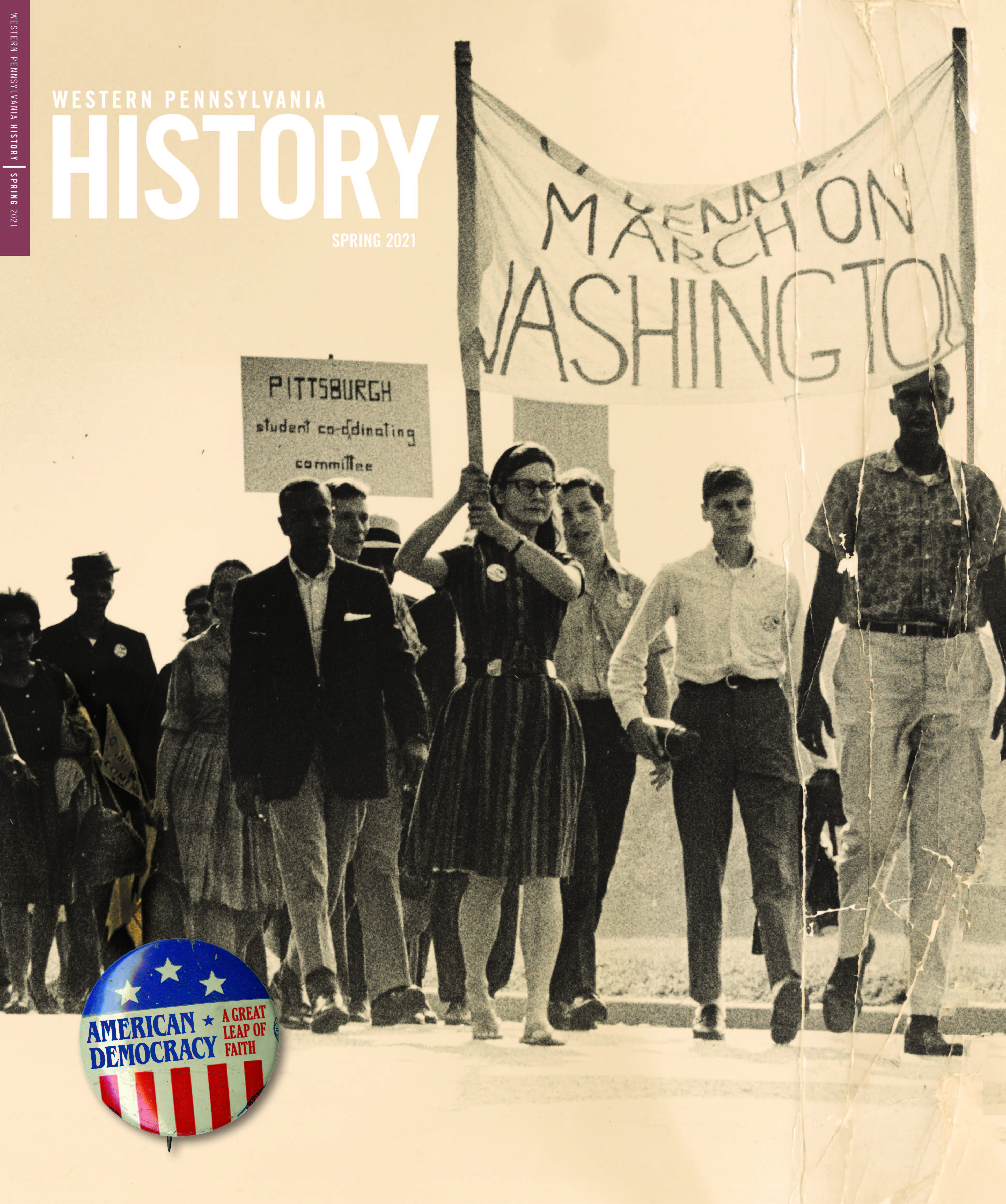Abstract
Rowing became Pittsburgh’s first mass spectator sport in the 1860s, drawing crowds that lined the riverbanks to cheer on homegrown champions. Dozens of rowing clubs built boathouses along the three rivers, claiming space on the waterways for recreational craft alongside working boats and barges. Skilled craftsmen—especially iron workers and glassblowers—put Pittsburgh on the sporting map, producing some of the city’s first national champions. While the region’s industrial workers were particularly well-suited to the physical demands of rowing, the sport also attracted bankers and clerks, and even a few women. Fans loved the displays of strength, skill, and speed, but also took the opportunity to wager on the races.
The Historical Society retains the right to reprint articles in any format or media, and retains the right to grant that permission to others.
